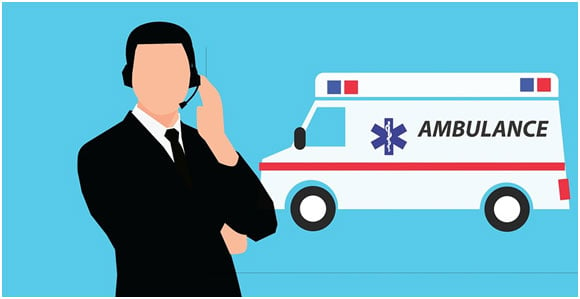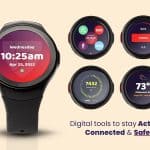
You may be a person who is quick to complain about technology. Perhaps you grumble when you can’t remember passwords for your online bank account. Maybe you complain when you feel as if you need a degree in computer science to set the thermostat in your house. And seeing people staring at their cell phones for hours on end may really set your teeth on edge.
Regardless of how you feel about our new way of life, you have to admit there are a lot of benefits to technology. One only has to look at the medical alert industry to see these benefits. In our Bay Alarm Medical reviews, you can see a wide variety of benefits to aging adults. Read on to learn how this technology has improved over the decades. Find out about the newest prototype to hit the market that will change the way seniors can age in place.
Brief History of The Medical Alert Industry
Although most think that medical alert buttons started in the 1980’s when the “I’ve fallen, and I can’t get up,” commercials aired, they actually came onto the scene the decade before that. The earliest medical alert prototype allowed a senior to press a button during an emergency to call a pre-set number.
In the 1980’s, the technology changed. At that point, someone who was experiencing medical distress could press a button to talk with a medically trained operator. While this was an improvement to the previous system, it was still lacking. If a person experiencing an emergency became unconscious or was unable to push a button, the system proved fruitless.
This problem was addressed in the last few decades. Current medical alert systems, such as Medical Guardian’s, Philips Lifeline’s and others, have optional fall detectors that will alert someone when the senior wearing the monitor experiences a fall. Emergency contacts can also be called should the monitor remain inactive for a pre-set amount of time.
Advances in Technology For The Medical Alert Industry
All of this technology has made it easier for seniors to age in place. But the newest innovation in technology, that is coming out of Europe, will give people who are aging in place even more peace of mind.
Soon, seniors may be able to receive help before a fall occurs. New systems, which include a few sensors and a neck strap, will monitor the health conditions of the senior. It also monitors the body position of the wearer. When alarming health issues occur, the system will contact emergency personnel.
While this technology is not entirely new, advances have made products similar to this much more affordable to the average consumer. Also, improvements in battery life enable the wearer to use the monitoring device for up to three weeks without recharging.
The designers of this system know that errors may occur. If the senior wearing the device thinks the emergency message has been sent in error, he or she can cancel the call at the push of a button. While this may ease the mind of the senior, this feature may worry family members. Some family members have senior loved ones who “don’t want to bother” the paramedics. It is unclear whether this feature can be removed from the device.
The Future of The Medical Alert Industry
As technology becomes more sophisticated, expect to see that such devices will be able to monitor other health data, including calorie intake and heart rate.
As we wait for this technology to hit the mainstream, seniors who are aging in place can still utilize the current products available. Having access to a button and fall detection will still give some peace of mind to family members.
Featured Image Credit: Mohamed Hassan / Pixabay


